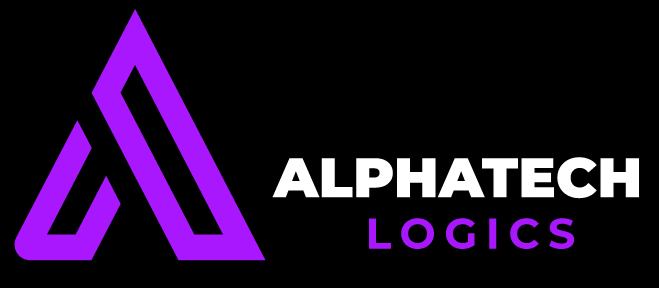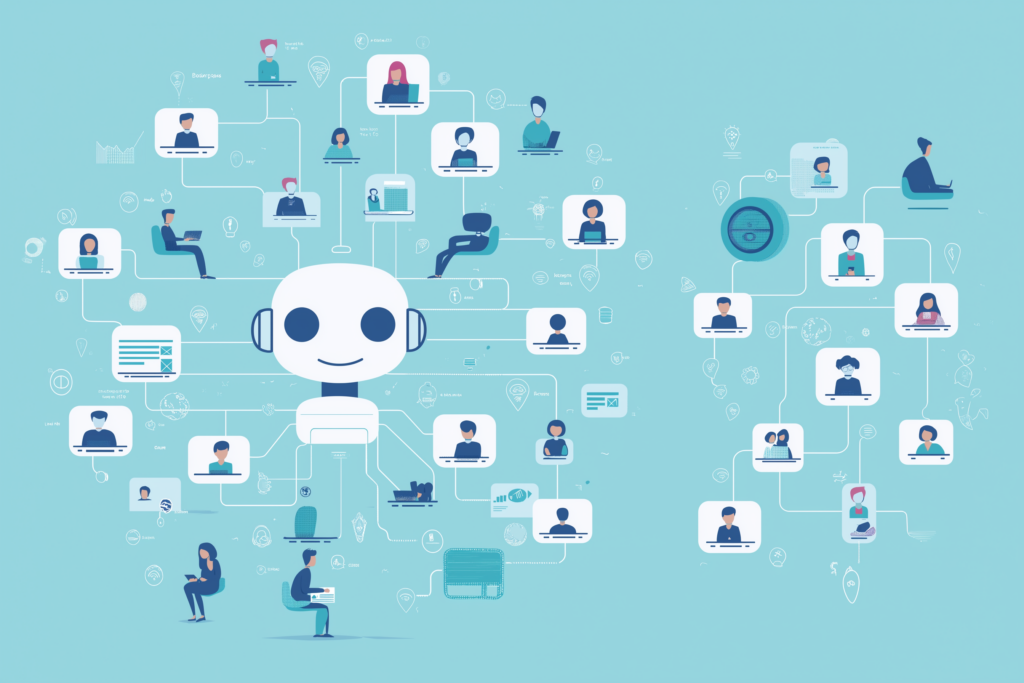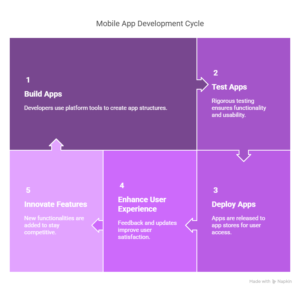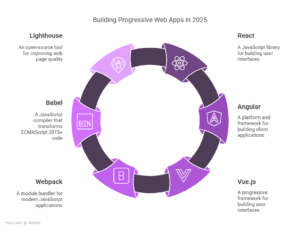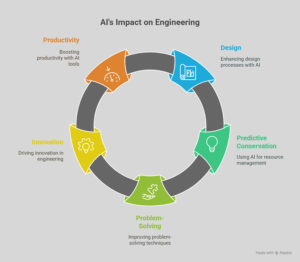Introduction
In today’s digital era, consumers expect more than basic advice; they desire experiences that are tailored to their individual preferences, actions, and needs. Here, hyper-personalization emerges, fueled by AI and neural networks, elevating traditional personalization by leveraging deep learning to instantly predict and adapt to consumer preferences.
AI-driven hyper-personalization is transforming how customers engage with brands through customized shopping experiences and personalized content delivery. This article will examine how neural networks enable hyper-personalization, its key benefits, and practical applications that are reshaping customer interactions.
What Does Hyper-Personalization Mean?
The next evolution in personalization is hyper-personalization, which employs artificial intelligence (AI), machine learning (ML), and neural networks to analyze vast amounts of data related to demographics, behavior, and context. Unlike simple segmentation, hyper-personalization provides:
– Real-time customization – The capability to effortlessly alter content, offers, and interactions.
– Predictive insights – The ability to anticipate customer needs before they arise.
– Individual-level targeting – Treating every customer as a distinct segment of one.
Hyper-Personalization and the Power of Neural Networks
Inspired by the structure of the human brain, neural networks excel at detecting patterns within extensive datasets. This is how they facilitate hyper-personalization:
1. Deep Learning for Behavioral Analysis
– Neural networks evaluate browsing habits, purchasing patterns, and social interactions to ascertain preferences.
– For example, Netflix’s recommendation engine utilizes user behavior to deliver highly personalized content.
2. Natural Language Processing (NLP) for Contextual Understanding
– To refine responses, AI models such as GPT-4 assess consumer queries, reviews, and chatbot dialogues.
– For example, customer support powered by ChatGPT adjusts its tone and recommendations based on the user’s emotional condition.
3. Generative AI for the Production of Dynamic Content
– In real-time, AI generates tailored advertisements, product descriptions, and emails.
– For instance, Spotify’s AI DJ curates playlists based on a user’s listening habits and mood.
4. Reinforcement Learning for Continuous Optimization
– User feedback aids AI systems in learning and enhancing their suggestions over time.
– For example, Amazon’s product recommendations improve with every interaction from users.
Hyper-Personalization’s Key Advantages
1. Improved Client Loyalty and Interaction
– Customers are more inclined to remain loyal to a brand when they perceive their experience as personalized.
– Based on prior orders, weather conditions, and location, Starbucks’ AI-enabled app suggests beverages.
2. Increased Revenue and Conversion Rates
– Customized product recommendations lead to higher sales.
– By suggesting cosmetics tailored to skin tone and preferences, Sephora’s AI Beauty Advisor increases conversion rates.
3. Improved Customer Satisfaction
– AI-driven assistance, such as chatbots, provides personalized solutions to resolve customer issues more efficiently.
4. Less Waste in Marketing
– Targeted advertising enhances ROI by minimizing unnecessary outreach.
The Practical Applications of AI Hyper-Personalization
Retail and E-Commerce
– Amazon and Alibaba personalize product discovery through neural networks.
– With Nike By You, consumers can design unique shoes using AI-generated recommendations.
🎵 Entertainment and Media
– TikTok’s algorithm customizes user feeds based on engagement patterns.
– According to family preferences and viewing habits, Disney+ recommends programs.
🏦 Finance and banking
– Eno from Capital One employs AI to provide personalized financial guidance.
– Robo-advisors such as Betterment develop tailored investment strategies.
🏥 Healthcare and Well-Being
– Weight loss initiatives are modified in real-time by Noom’s AI health coach.
– Pfizer leverages hyper-personalized marketing to convey medication information tailored to patients.
Hyper-Personalization’s Future
We can expect the following as AI technologies evolve:
– Emotion AI – Detects emotions through voice/face detection to enable immediate customization.
– Hyper-personalization across all platforms – Uniform experiences throughout the web, mobile, and IoT.
– Privacy-First Personalization and Ethical AI – Finding a balance between data privacy and personalization.
In summary
Hyper-personalization, which is powered by AI and neural networks, has become essential in the current market. Companies that leverage deep learning to deliver distinct experiences will thrive in enhancing customer satisfaction, engagement, and profitability.
The current question is not *if* companies should adopt hyper-personalization, but rather *how swiftly* they can enact it to stay competitive.

